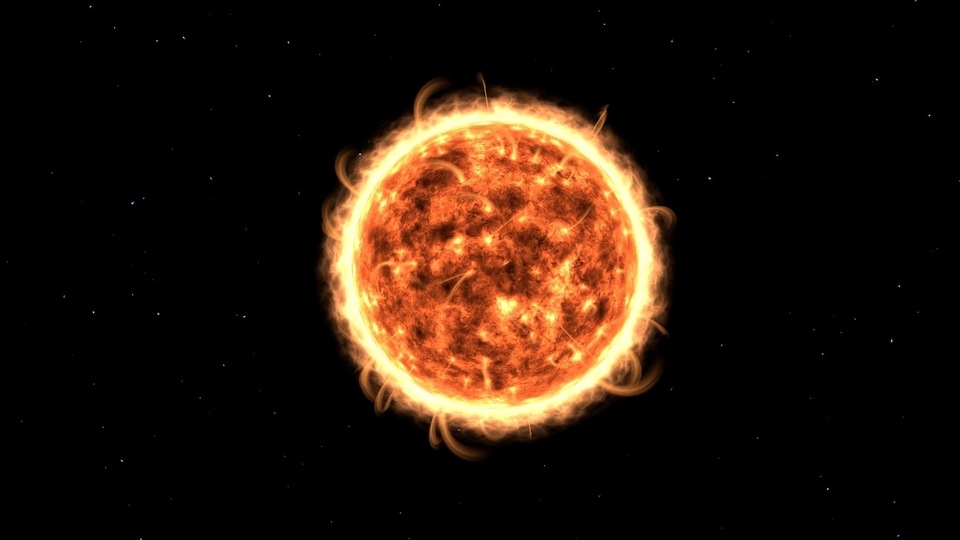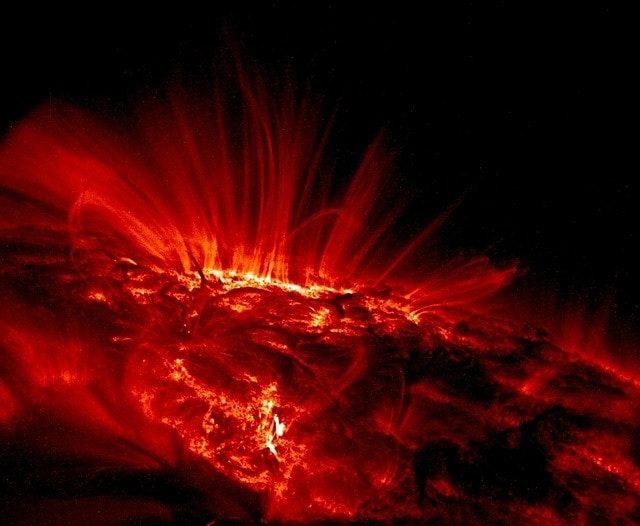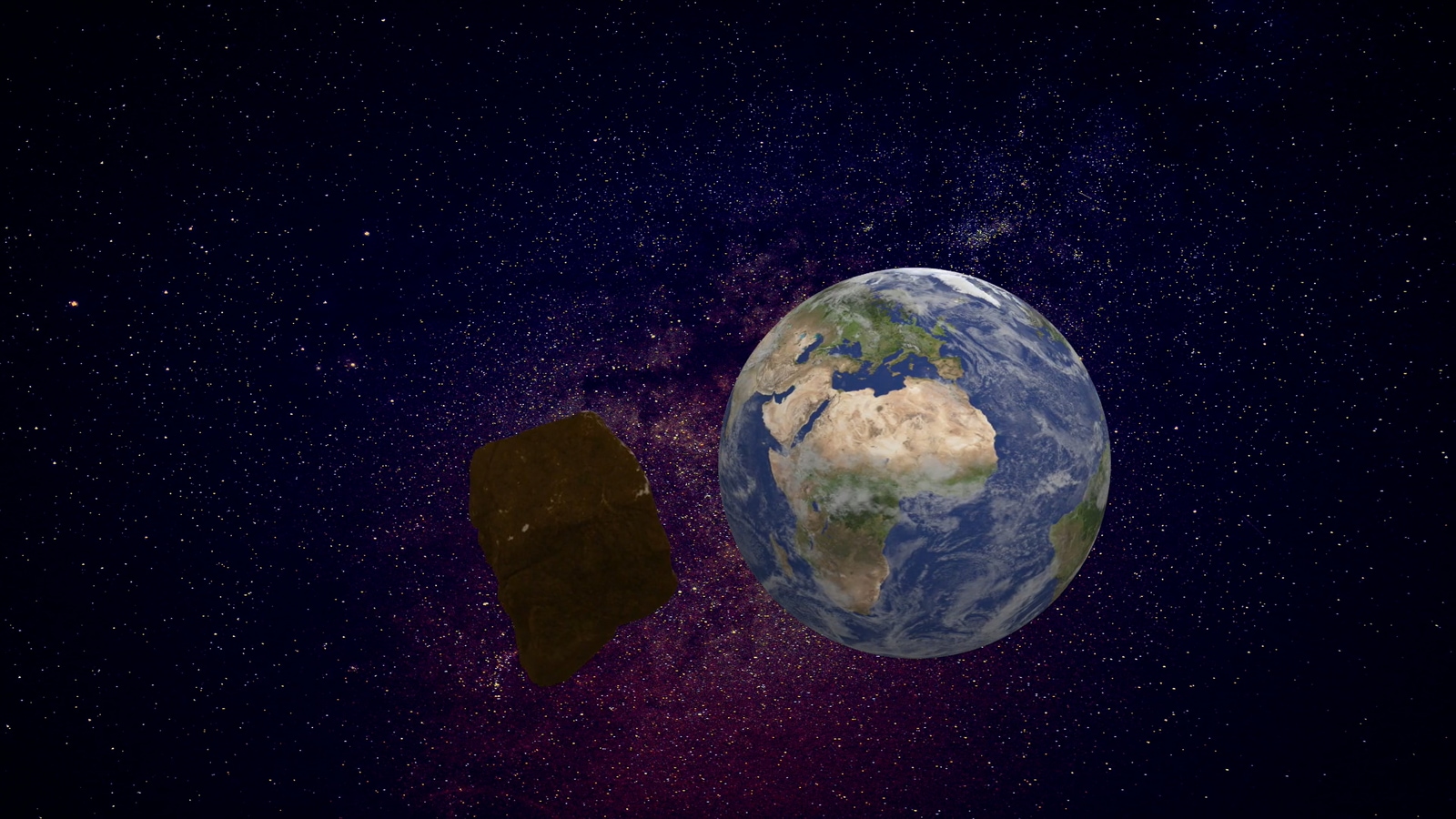Asteroid bigger than the famous Brooklyn Bridge to pass Earth today! NASA reveals details
An Aten group, bridge-sized asteroid’s orbit will bring it close to Earth today, November 2. Check the details of this close encounter.






 View all Images
View all ImagesThe Earth is nearly 4.5 billion years old, and it has withstood many asteroid impacts in its history. One of the most profound impacts occurred almost 65 million years ago when a mammoth 12-kilometer-wide asteroid crashed into the surface and obliterated nearly 70 percent of Earth's species including dinosaurs. Astonishingly, you can still find the asteroid's impact crater today located in the Yucatan Peninsula in Mexico. Due to the constant barrage of asteroids, NASA and other space agencies developed an arsenal of space and ground-based telescopes to discover and track these ancient space rocks.
With the help of its advanced tech, NASA has now revealed that a mammoth, bridge-sized asteroid is set to pass Earth today. Know all about this close encounter.
Asteroid 2003 UC20: Details
Asteroid 2003 UC20 has piqued the interest of astronomers and NASA experts due to its colossal size. According to NASA, the asteroid is estimated to be roughly 2200 feet wide, which is comparable in size to a large bridge, possibly the famous Brooklyn Bridge! Given its enormity, if Asteroid 2003 UC20 were to collide with the planet, it could potentially cause immense destruction, especially if it landed in a densely populated region.
As per the space agency, Asteroid 2003 UC20 is set to pass Earth at its nearest distance today, November 2, at a distance of 5.2 million kilometers. While this distance may seem considerable, it's relatively minor in terms of astronomical measurements, considering the massive size of the asteroid. Asteroid 2003 UC20 is already moving towards Earth in its orbit at a fiery speed of 28694 kilometers per hour!
It has been added to NASA's Close Approaches list and has also been declared as a Potentially Hazardous Asteroid due to its close distance of approach as well as its enormous size. This is bigger than the famous Brooklyn Bridge!
It belongs to the Aten group of asteroids, which are Earth-crossing Near-Earth Asteroids (NEAs) with semi-major axes smaller than Earth's. They are named after the asteroid 2062 Aten and the first of its kind was discovered by American astronomer Eleanor Helin at Palomar Observatory on January 7, 1976.
Catch all the Latest Tech News, Mobile News, Laptop News, Gaming news, Wearables News , How To News, also keep up with us on Whatsapp channel,Twitter, Facebook, Google News, and Instagram. For our latest videos, subscribe to our YouTube channel.





























